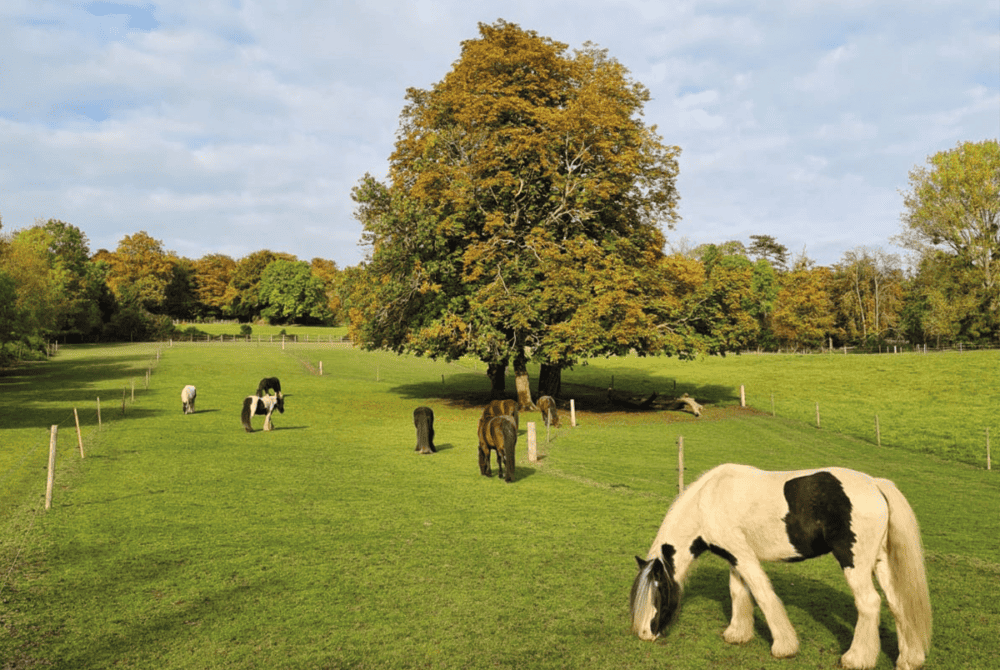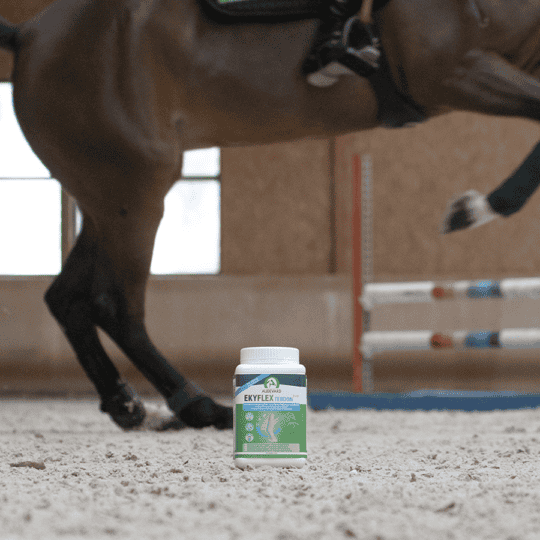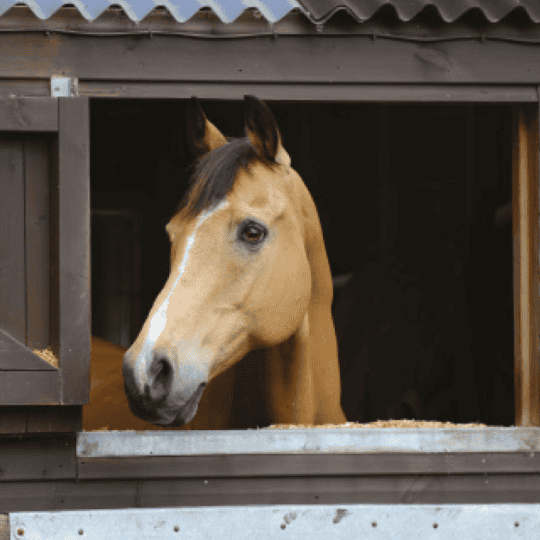Stay on track
Posted 9th June 2023
Track systems have gained popularity as an alternative to traditional paddocks. We look at how to set one up and how they work

Imagine this traditional scene. Rolling hills, hedges and fences splitting the landscape into a patchwork of fields, a few trees dotted about – and horses peacefully grazing. Now rewind and look closer. There’s something strange about those fields – in fact, they don’t look like fields at all. They’re more like strips, or pathways. Welcome to the world of track systems.
So, what is a track system? Essentially, instead of allowing horses access to an entire paddock, restricted track areas are set up within the field that are similar, but more elaborate than traditional strip grazing.
The concept originated in America, with the aim of allowing horses to enjoy a foraging lifestyle as they would in the wild, encouraging movement within the tracks to increase mobility and exercise.
The system is especially useful for horses who need to lose weight, or whose weight needs to be carefully managed, because it’s easy to restrict access to grass while still allowing free movement and the ability to socialise.
Getting started
If you’re considering setting up your own track system, it’s best to see it as a work in progress, and expect some trial and error along the way. To begin with, stick to temporary electric fencing, which can be easily moved and adjusted as you work out what works best for you, your horses and your land.
Initially, your tracks will be on grass, but if you want to have complete control over your horse’s food intake, or if your land isn’t very free-draining, it’s possible to create permanent tracks with chipped limestone, sand or gravel.
As this option will need permanent fencing erected and a membrane laid underneath to help with drainage. You’ll also need to consult your local planning office to understand what permissions are required if installing a permanent, surfaced track.
Alternatively, the track system can be set up in spring and traditional grazing reintroduced in winter.
Setting up
The simplest way to create a track system is to fence off a continuous path around the perimeter of your field. This track needs to be 3–5 metres wide, so horses can move through it freely, allowing room to escape should arguments arise.
At various points along the track, provide access to water, hay and possibly feed, the idea being that the horses will move from one point to another to use the facilities. It’s important to have more hay points than horses, set well apart, so all horses can access forage animals from dominating them.
Generally, the key to your track design, is to create flow so it’s easy for the horses using it to move through it. Avoid tight angles where horses could become trapped by others. This precaution will also prevent falls and slips when horses travel at speed.
Did you know?
You can incorporate more than one field into your track system by fully or partially removing fences. This will make your track longer and allow for more complexity but, to avoid injuries, ensure there aren’t pinch points between the fields.
Find out more about track systems and their benefits in July Horse&Rider – on sale now!











